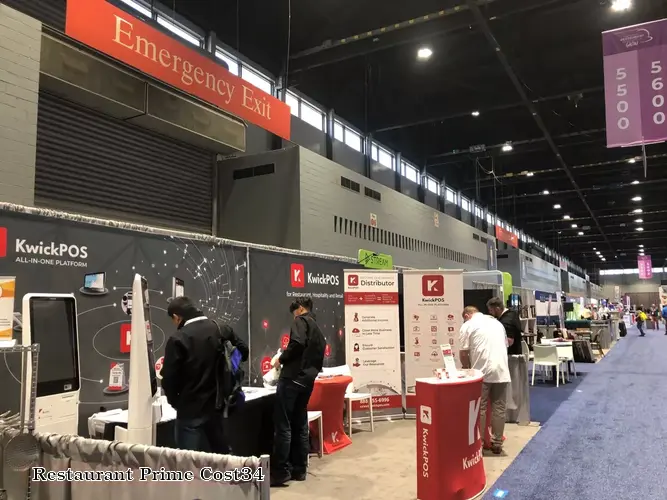

Prime cost is a key profitability metric in the restaurant industry. It is the sum of a restaurant's total labor costs and total cost of goods sold (COGS) expressed as a percentage of sales. Prime cost is a crucial measure for restaurant operators to track, as it provides insight into the efficiency and profitability of their operations.
Let's break down the components of prime cost:
1. Labor Costs: This includes the total amount spent on wages, salaries, payroll taxes, and benefits for all restaurant employees, both front- and back-of-the-house.
2. Cost of Goods Sold (COGS): This refers to the total cost of all food and beverage ingredients used in the restaurant. It includes the cost of purchasing ingredients, as well as any waste or spoilage.
To calculate prime cost, you would add labor costs and COGS together and then divide that number by total sales, expressed as a percentage.
For example, if a restaurant's labor costs are $30,000 per month, COGS are $40,000 per month, and total sales are $100,000 per month, the prime cost would be calculated as follows:
Prime cost = (Labor costs + COGS) / Total sales
Prime cost = ($30,000 + $40,000) / $100,000
Prime cost = 70%
In this example, the restaurant's prime cost is 70%, which is considered high for most restaurant concepts. A typical prime cost for a full-service restaurant is between 55% and 65%, while a quick-service restaurant may have a prime cost of between 45% and 55%. A high prime cost can indicate that a restaurant is not controlling its labor and food costs effectively, which can negatively impact profitability.
To lower prime cost, restaurant operators can focus on several strategies, such as:
1. Menu engineering: Analyzing menu sales data to optimize menu pricing, portion sizes, and menu mix.
2. Inventory management: Implementing strict inventory controls, such as conducting regular inventory counts, reducing waste and spoilage, and negotiating better pricing with suppliers.
3. Labor management: Scheduling staff efficiently, cross-training employees to reduce overtime, and implementing performance-based incentives.
4. Technology: Utilizing restaurant management software, such as point-of-sale (POS) systems, inventory management systems, and labor scheduling software, to streamline operations and reduce costs.
In conclusion, prime cost is a critical metric for restaurant operators to track, as it provides insight into the efficiency and profitability of their operations. By focusing on strategies to lower prime cost, such as menu engineering, inventory management, labor management, and technology, restaurant operators can improve their bottom line and ensure long-term success.
DISCLAIMER: This information is provided for general informational purposes only, and publication does not constitute an endorsement. Kwick365 does not warrant the accuracy or completeness of any information, text, graphics, links, or other items contained within this content. Kwick365 does not guarantee you will achieve any specific results if you follow any advice herein. It may be advisable for you to consult with a professional such as a lawyer, accountant, or business advisor for advice specific to your situation.
today
Copyright © 2025 Kwick365.com
Designed by KwickPOS is the best restaurant POS